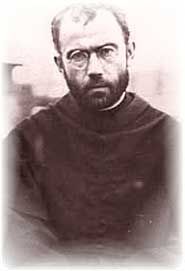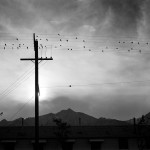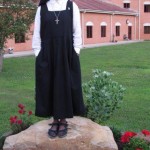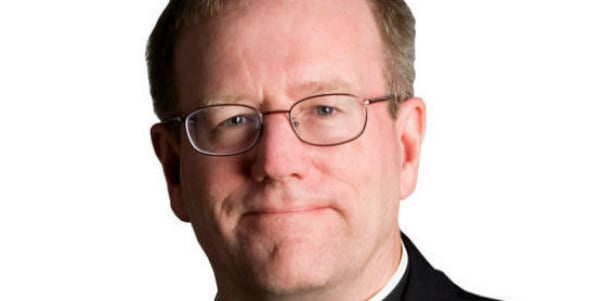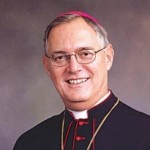Wow, a great photo via the Crescat, who recounts the story she found here and marvels at “the stuff priests are made of”:
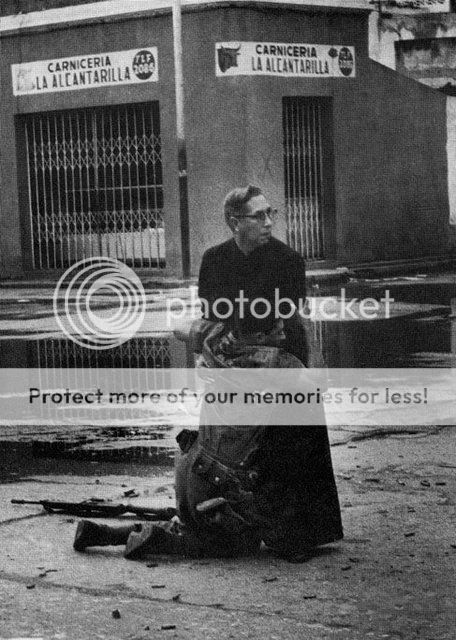
4 June 1962. Navy chaplain Luis Padillo was giving last rites to dying soldiers as sniper fire surrounded him. A wounded soldier pulled himself up by clinging to the priest’s cassock, as bullets chewed up the concrete around them. Hector Rondón Lovera, who had to lie flat to avoid getting shot, later said that he was unsure how he managed to take this picture. [See all pictures he took that day]. Norman Rockwell eeriely used this photograph as a template for his Southern Justice painting, “Murder in Mississippi“.
I myself am struck by the sense of absolute calm in that image of the priest. There is something grounded there, and unflappable, and even daring.
This, of course, made me immediately think of the “Grunt Padre”, aka, Fr. Vincent Capodanno, who was killed in Vietnam:
Father Capodanno went among the wounded and dying, giving last rites and taking care of his beloved Marines. Always watching out for them, as they watched out for him. Wounded in the face and suffering a severe shrapnel wound that nearly severed his hand, during the epic battle of Dong Son in September 1967, Father Vince moved to help a wounded Marine only yards from an enemy machine gun. Father Capodanno died from a machine gun blast taking care of this young Marine. When his body was recovered, he had 27 bullet wounds.
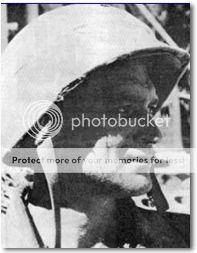
Capodanno
A priest with weary eyes. Fr. Capodanno reminds me, of course of Army Chaplain Fr. Tim Vakoc, who recently died of injuries sustained in Iraq.
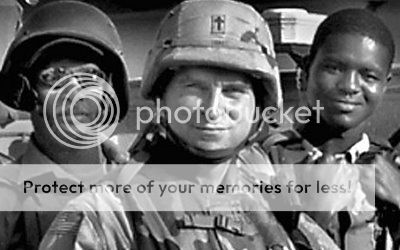
Vakoc
Fr. Vakoc stirs my synapses to recall St. Maximilian Kolbe, the brilliant Franciscan priest who died at Auschwitz, after volunteering to take the place of a man with a family:
In July 1941 a man from Kolbe’s barracks vanished, prompting SS-Hauptsturmführer Karl Fritzsch, the deputy camp commander, to pick 10 men from the same barracks to be starved to death in Block 13 (notorious for torture), in order to deter further escape attempts. (The man who had disappeared was later found drowned in the camp latrine.) One of the selected men, Franciszek Gajowniczek, cried out, lamenting his family, and Kolbe volunteered to take his place.
KolbeDuring the time in the cell he led the men in songs and prayer. After three weeks of dehydration and starvation, only Kolbe and three others were still alive. Finally he was murdered with an injection of carbolic acid.
Kolbe’s murder puts me in mind of Bishop Oscar Romero, who was assassinated at the altar in the midst of political upheaval.
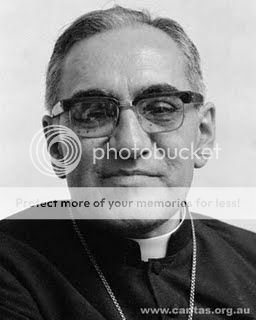
Romero
Romero reminds me of Cardinal Ignatius Kung Pin Mei, who spent thirty years behind bars, in China, much of it in solitary confinement.

Cardinal Ignatius Kung Pin Mei, in exile
Cardinal Kung, of course, reminds me of the pope who lived under the jackboots of both nazism and communism and who understood that the answer to flawed, imperfect capitalism or unjust societies was not the crushing of human liberty:
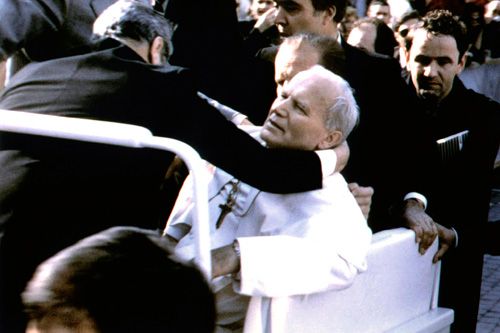
John Paul the Great
John Paul, naturally, reminds me of this gentle shepherd, the last great man of the 20th century to stride into the 21st with strong effect:
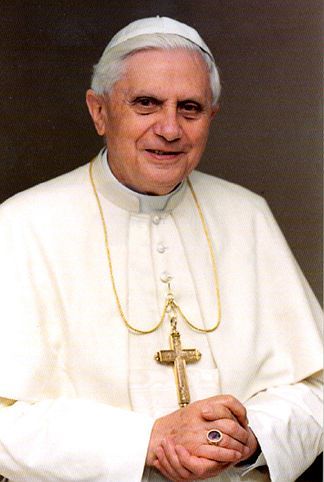
Benedict XVI
Where do we get such men? Their parents raise them, but as Archbishop Timothy Dolan -himself a man of clear, unambiguous, joyful and powerful faith- tells us, their priesthoods, their willingness to put themselves out there and at risk for the gospel, and for ministry, is pure gift from God…
Amen. Give us more such gifts, Lord. We need them. Your people need them. We all hope to sleep in the Eternal Vision of your Glory, looking like this monk.
Related: An Abbess has some pertinent thoughts on it all
UPDATE: Readers are bringing other heroic priests to mind in the comments section and reader Maureen sends this along about another remarkable Chaplain-Priest, Fr. Emil Father Kapaun (and why have I never heard of him, before?):
Just before his capture, Nov. 2, 1950, Kapaun carried a wounded soldier by the name of Herbert Miller out of battle. “Father Kapaun saved my life,” said Miller, who drove from Pulaski, N.Y. for the dedication. “I was wounded with a broken ankle and the North Koreans were going to shoot me. He brushed them aside, reached down and picked me up and carried me. How he found the strength, I’ll never know. He was the bravest man I ever saw.
…Although Kapaun was a Catholic priest, he didn’t discriminate when it came to compassion to his fellow prisoners, who referred to him as “The Father.” One of those prisoners was Marine Maj. Gerald Fink, a man of Jewish faith. After Kapaun’s death, Fink carved a 40-inch wood sculpture of the cross and a crucified Christ.Still imprisoned and under the watch of guards, Fink risked punishment and made his own tools to carve the cross. It took him two and a half months to complete it. Even though he was Jewish, Fink wanted to make the carving as a tribute to Kapaun and as a reminder of what he meant to the imprisoned men. ”
…
Kapaun showed the men compassion without reservation. “The Father” tore off his own clothes to mend the wounds of others. He volunteered for every detail. He stored food in his pockets to dispense to the hungry. He went from compound to compound sharing his tobacco pipe and saying prayers with the men.
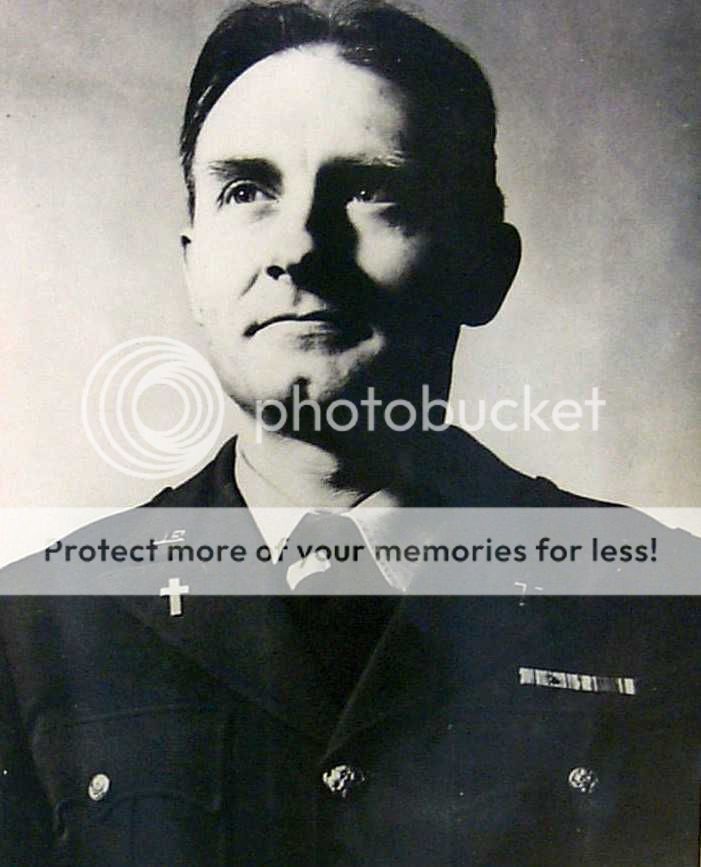
Kapaun
Read the whole story. Goosebumps. The writer refers to the “glory of the chaplains corp…” – they are all pretty remarkable men. Consider this group; two Protestant Ministers, a Rabbi and a Priest.
I always say there are many reasons to like Cardinal John O’ Connor; one of them is that he too was a Chaplain, in the USN, when he retired he was Rear Admiral and Chief of Chaplains of the US Navy.
O’ Connor
Another amazing priest here.

